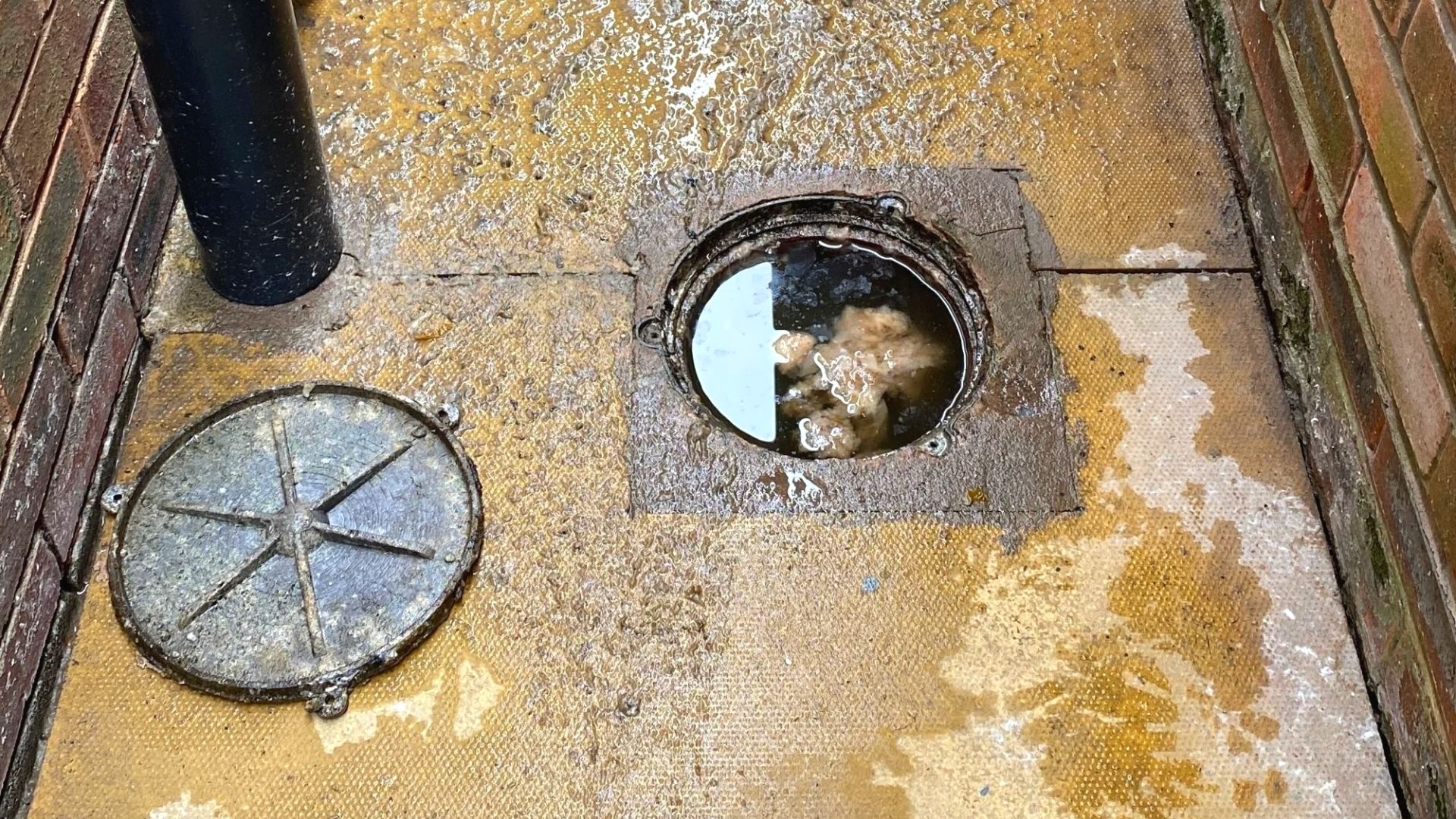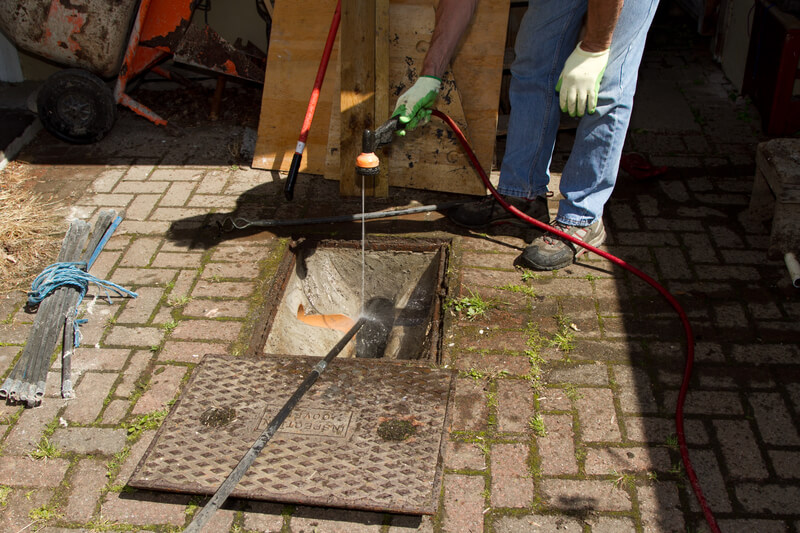Are you currently on the lookout for advise about Tips for Dealing with Clogged Drains and Sewer Lines?

Introduction
Taking care of an obstructed drainpipe can be an aggravating experience, disrupting daily tasks and potentially causing damage to your property. Nevertheless, prior to reaching out to plumbing professionals, there are steps you can take to address the concern on your own. In this overview, we'll explore DIY remedies and preventive measures to deal with a blocked drain effectively.
Determining the Problem
The primary step in addressing a blocked drain is recognizing the indicators. Sluggish drainage, gurgling sounds, foul odors originating from drains pipes, or water support up prevail indications of a blocked drainpipe. Identifying these indications early can aid protect against additionally difficulties.
Usual Sources Of Obstructed Drains
Recognizing the variables that contribute to drain pipes obstructions is necessary for reliable resolution. Usual wrongdoers include hair, soap scum, oil, food particles, and international things like sanitary items or paper towels. Tree roots getting into below ground pipes can additionally trigger substantial blockages.
Do it yourself Solutions
For small blockages, several DIY options can be reliable. Putting boiling thin down the drainpipe can aid liquify oil and particles. Sodium bicarbonate and vinegar or a combination of salt and cooking soft drink can act as all-natural cleansers. Making use of a bettor or plumbing snake to remove blockages is one more option.
Devices and Tools
Having the right tools handy can make DIY drainpipe cleaning up much more effective. A bettor is a versatile device for removing blockages in sinks, bathrooms, and showers. A pipes snake or auger can get to much deeper blockages, while drain cleansing chemicals can be utilized carefully for persistent obstructions.
Preventive Measures
To stay clear of future blockages, taking on safety nets is vital. Install drain guards or filters to capture hair and particles before they get in the pipelines. Consistently flush drains with hot water to liquify grease build-up, and stay clear of disposing of grease or solid waste down the tubes.
When to Call an Expert
While do it yourself options can solve minor blockages, certain indications suggest the need for professional aid. Relentless clogs, foul odors in spite of cleaning initiatives, or several drains pipes backing up all at once are warnings that require experienced intervention.
Picking the Right Plumbing Service
When choosing a plumbing service, consider variables such as experience, licensing, and consumer evaluations. Pick a credible plumbing technician with a track record of quality handiwork and transparent rates practices.
Cost Factors to consider
The expense of specialist drainpipe cleaning services can vary depending upon the severity of the obstruction and the plumbing technician's prices. Demand quotes from multiple suppliers and ask about any type of service charges to ensure openness and avoid shocks.
Safety Precautions
When trying do it yourself drain cleansing, prioritize safety. Wear safety handwear covers and eyeglasses to prevent contact with damaging chemicals or bacteria. Never ever mix various drain cleansing products, as this can generate hazardous fumes.
Situation Studies
Real-life instances illustrate the performance of DIY solutions and the significance of prompt professional intervention in resolving drain blockages.
Verdict
By following the suggestions laid out in this guide, you can successfully tackle blocked drains pipes and protect against future pipes issues. Whether choosing do it yourself options or looking for specialist assistance, prompt activity is crucial to preserving a healthy and balanced pipes system and maintaining the honesty of your home.
How to Clear a Clogged Drain Yourself (And When to Call In the Professionals)
What Can Clog a Drain
- Dirt
- Skin flakes
- Hair
- Grease
- Soap scum
- Food
- Offset pipes
- Tree roots
- Small objects
- Mineral buildup
DIY Tricks to Unclog a Drain
You can fix this! Once you have identified the source of the clog (or have a vague idea), you can try one or a combination of these fixes in order to clear your plumbing.
Wire Hanger or Snake
Untangle and clear out hair from a drainpipe with a homemade snake. Use a straightened-out wire hanger with a 90-degree angle hook to locate the clog and drag out any unwanted material.
Remember not to push the clog further down to where the wire hanger cannot reach! If you need to follow up with a plunger, give it a try. Your efforts might be more successful after it’s been wire-snaked.
If you want to get fancy and don’t have a wire hanger to spare, head to the store and pick up a hand-operated drain snake. You can get one for $10-$30. It may save you the hassle, and provide additional length to reach deep into the clogged pipe.
Plunger
A cup plunger has a suction cup attached to a wooden handle. The rubber creates a seal around the drain, and increases the pressure force of the plunger.
Plunge for 30-second increments to loosen the clog. This may need to be repeated over the course of 15-20 minutes. Once plunged, run the water to flush the remaining material out of the drain.
Remember– never use a plunger if you have used a chemical drain cleaner. These chemicals can splash up from the force of the plunger and cause serious injury or burns.
Boiling Water
Hot water can sometimes break up materials into a flushable amount. Dirt, grease, and soap buildup requires heat in order to unstick from surfaces.
Take your kitchen kettle and heat your water to a boil. Once it reaches a rolling boil, pour it directly down the drain into the blockage. Carefully follow with plunging, if necessary.
Don’t worry if this takes more than one try! It can often take multiple kettles and repeated plunging in order to clear a particularly stubborn clog.
Chemical Drain Cleaner
As a last resort, pick up a bottle of chemical drain cleaner. Drain-cleaning chemicals are potent, and not very good for the environment.
You may need to wear protective eyewear in gloves before handling your bottle of chemical drain cleaner. Follow the instructions printed on the bottle, and flush with water as soon as the instructions allow. Do not follow with plunging.
Baking Soda and Vinegar
As a safer alternative to chemical drain cleaner, baking soda and vinegar can create a chemical reaction that clears tough clogs.
Combine one cup of cleaning vinegar with one cup of boiling water, and set aside. Once you have done this, pour half a cup of baking soda down the drain. Give the baking thirty seconds to settle and cover a large portion of the problem drain.
Following the baking soda, pour down your vinegar and hot water solution. Once the vinegar and baking soda combine, the mixture will bubble and fix. Let this reaction fizzle in the drain for about an hour.
After an hour, follow with a kettle’s worth of hot water. The heat and liquid should flush out any remaining material.
When to Call a Plumber
If your DIY attempts haven’t cleared your clog drain, it’s time to call in a professional. It’s not worth losing access to your kitchen sink or high-traffic bathroom. A clog in a vital area can keep you from the things you’d rather be doing, and derail your routine.
Anytime a clog is causing water to spread is a time to call in a plumbing service. What starts out as a little bit of water can quickly grow into serious, expensive water damage.
Additionally, a serious clog can result in burst pipes or serious leaks. Make sure you know when to take it seriously!
https://myguysnow.com/how-to-clear-a-clogged-drain-yourself-and-when-to-call-in-the-professionals/

Do you appreciate more info about What I learned from trying to deal with a clogged drain? Place a review further down. We would be glad to find out your feelings about this piece. We hope to see you back again in the near future. Appreciated our write up? Please quickly share it. Let other people check it out. We enjoy your readership.
Book Today!
Comments on “Guidelines for Managing a Blocked Drain Before Contacting Plumbing Professionals”